To prepare a plant disease sample, first visually inspect the plant to identify symptoms and collect representative samples, including both healthy and diseased tissues, using clean tools to prevent contamination. Properly label, package, and promptly transport the samples to a diagnostic lab or extension service, providing relevant details and photographs for accurate analysis.
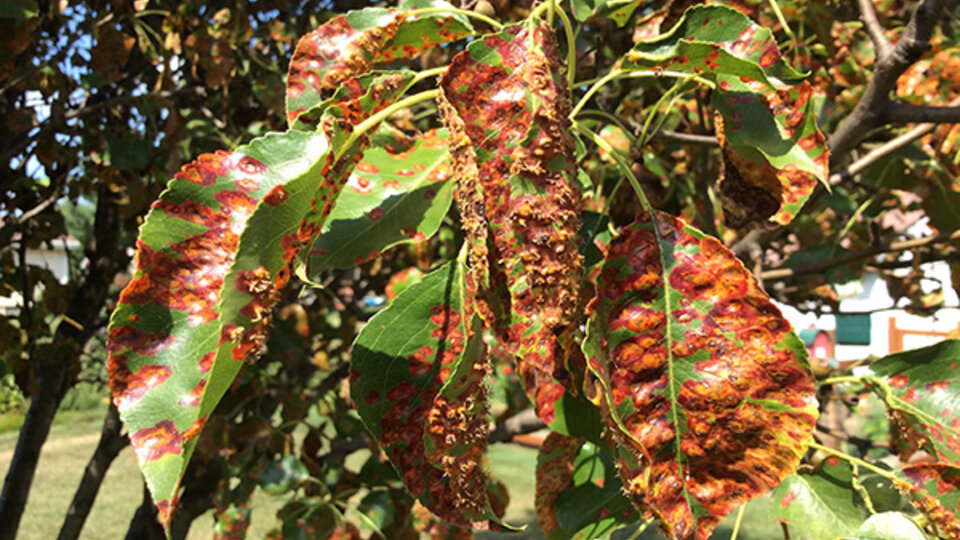
Rust diseases are a group of fungal infections that affect a wide variety of plants, causing distinctive rust-colored pustules or lesions on leaves, stems, and other plant parts. These diseases are caused by various species of fungi belonging to the order Pucciniales.
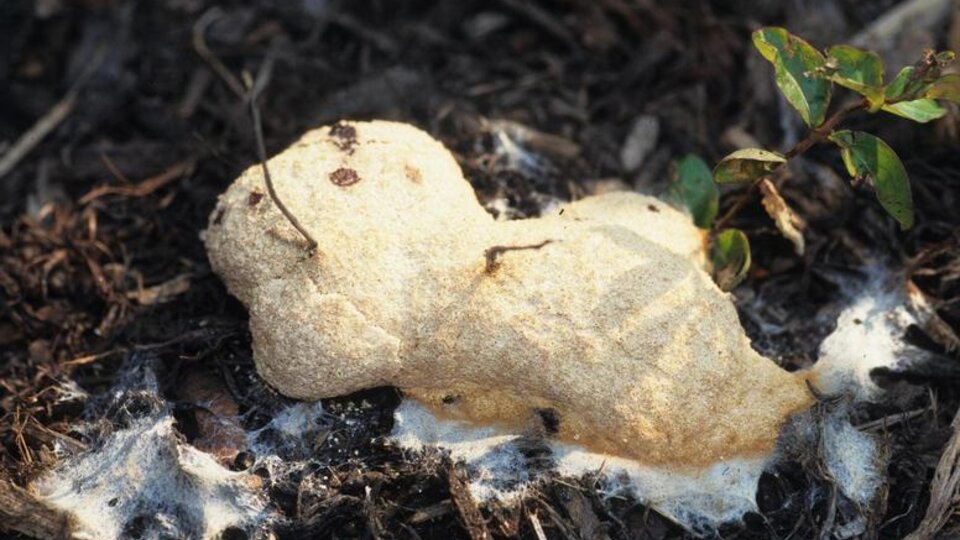
Slime molds are fascinating organisms that can sometimes appear in gardens or on decaying organic matter. They are not true fungi but belong to a separate group of eukaryotes. Slime molds can be categorized into two main types: plasmodial slime molds and cellular slime molds, each with distinct life cycles and characteristics.
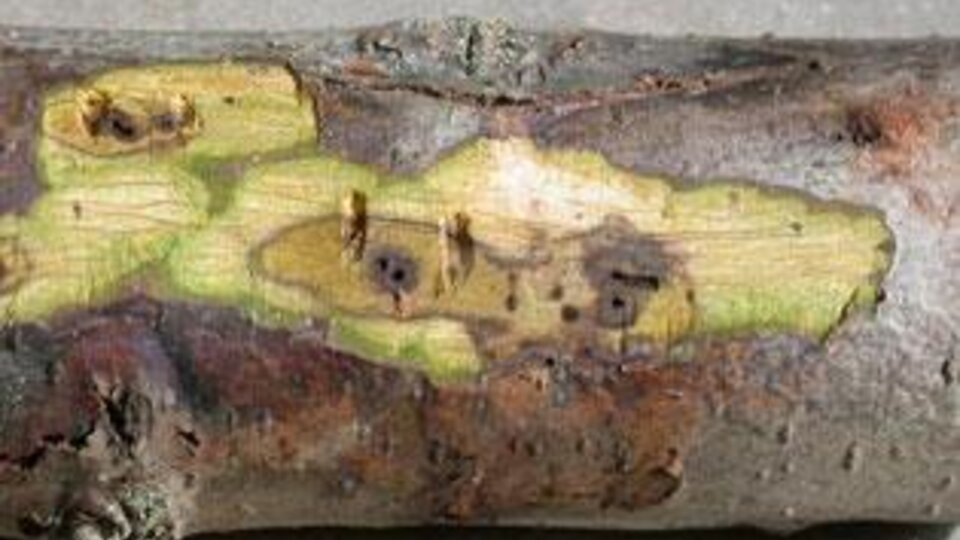
Thousand Cankers Disease (TCD) is a serious and often fatal disease affecting walnut trees, primarily black walnut (Juglans nigra). Caused by a complex interaction between a fungal pathogen, and the walnut twig beetle, which acts as a vector for the fungus.
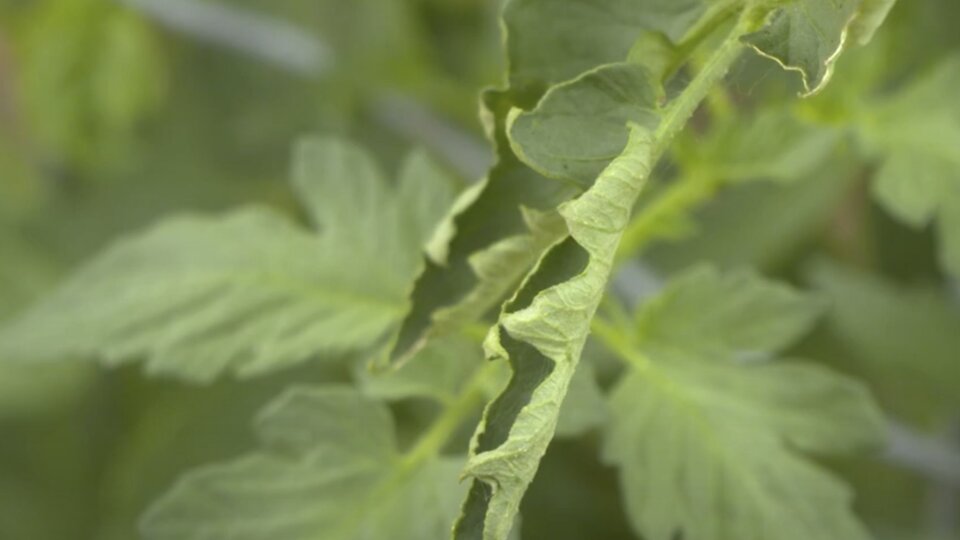
Tomato leaf curl is a common problem in tomato plants, characterized by the curling or distortion of leaves. This condition can be caused by various factors, including pests, diseases, and environmental stresses.
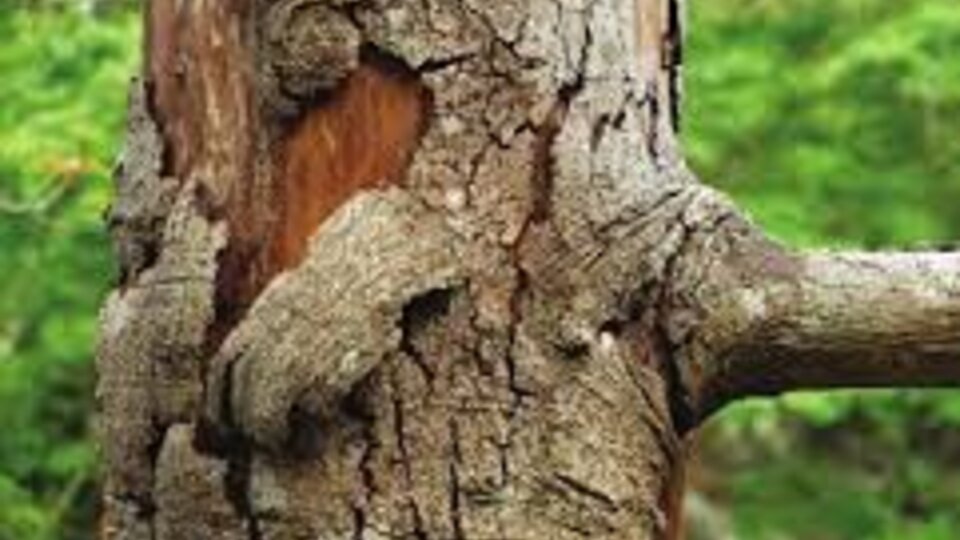
Tree cankers are localized areas of dead tissue on trees, often caused by various fungal, bacterial, or environmental factors. Cankers can lead to significant damage if not managed properly, affecting the health and structural integrity of the tree.
